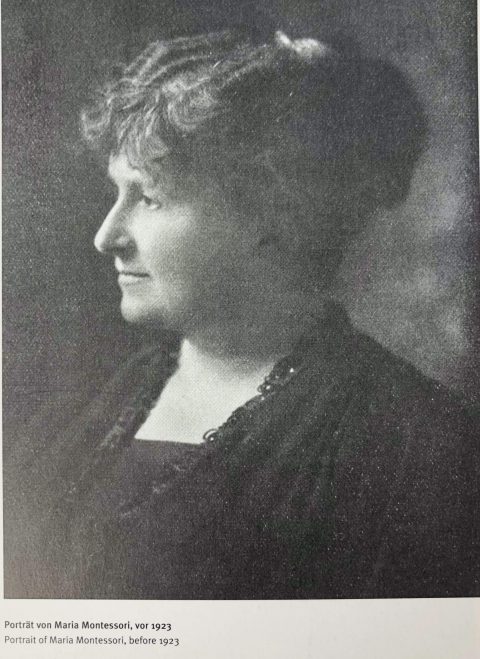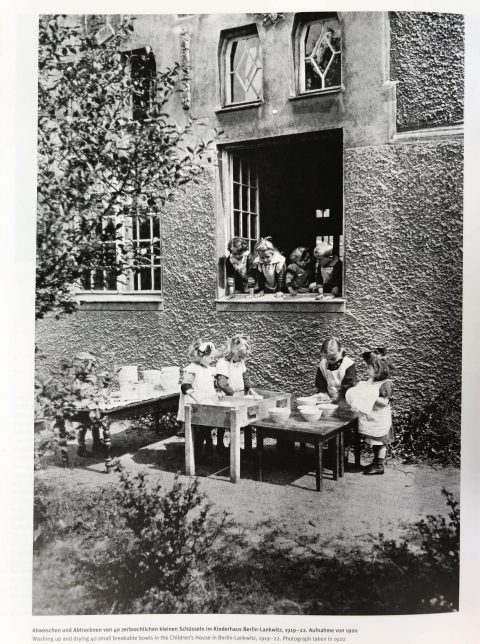Introduction of Dr. Maria Montessori
Dr. Montessori was born in Italy in 1870 and became the first female physician to graduate from medical school in 1896. One of her first positions had her working with mentally retarded children and her clinical observations led her to analyse how children learn.
In 1906 she accepted the challenge of working with a group of 60 children from working-class families in Rome. This was her first “Casa Dei Bambini” or “Children’s House” and is the birthplace of what has ultimately become the Montessori Method of education. Maria Montessori died in Holland in 1952, but her work continues all over the world.
Dr. Montessori believed in working on the “whole child”. To “nurture in each child an inner conscience – one that teaches them to think about their actions”. We can provide the child with the knowledge of right from wrong, but it is for the child to follow through when no one is around (e.g. not wasting water).


Through her research, Dr. Montessori discovered that children possessed different (and higher) qualities than those we usually attribute to them. Some of these qualities are:
Concentration – It was previously believed that children had short attention spans, but Dr. Montessori was amazed to observe the length of time that very young children would choose to attend to tasks that interested them.
Love of repetition – She also observed that on their own children would choose to practice things they were trying to master, over and over again. Children love repetition. It reinforces the child’s learning.
Love of order – Where we normally think of children as messy Dr. Montessori found that young children have a natural inclination for organization and orderliness.
Freedom of choice – Children like to choose things they do. If materials are set out for children, so that they have easy access to them, children will choose, take, and replace them without the need for assistance from an adult.
This method has been effectively used with normal, gifted, physically and mentally handicapped children, in different countries throughout the world.
** Parents please note that the Montessori materials are not the only things that we focus on. We may decide to do etiquette or courtesy, gross motor or fine motor, music or art, geography or history lesson. Please don’t just focus on the materials. We work on all aspects of the child; “The Whole Child”.
The greatest gifts we can give our children are the roots of responsibility and the wings of independence.
*Source of the photos on this page:
Müller, T., & Schneider, R. (Eds.) (2002). Montessori Teaching Materials 1913-1935 Furniture and Architecture. Prestel Verlag.
